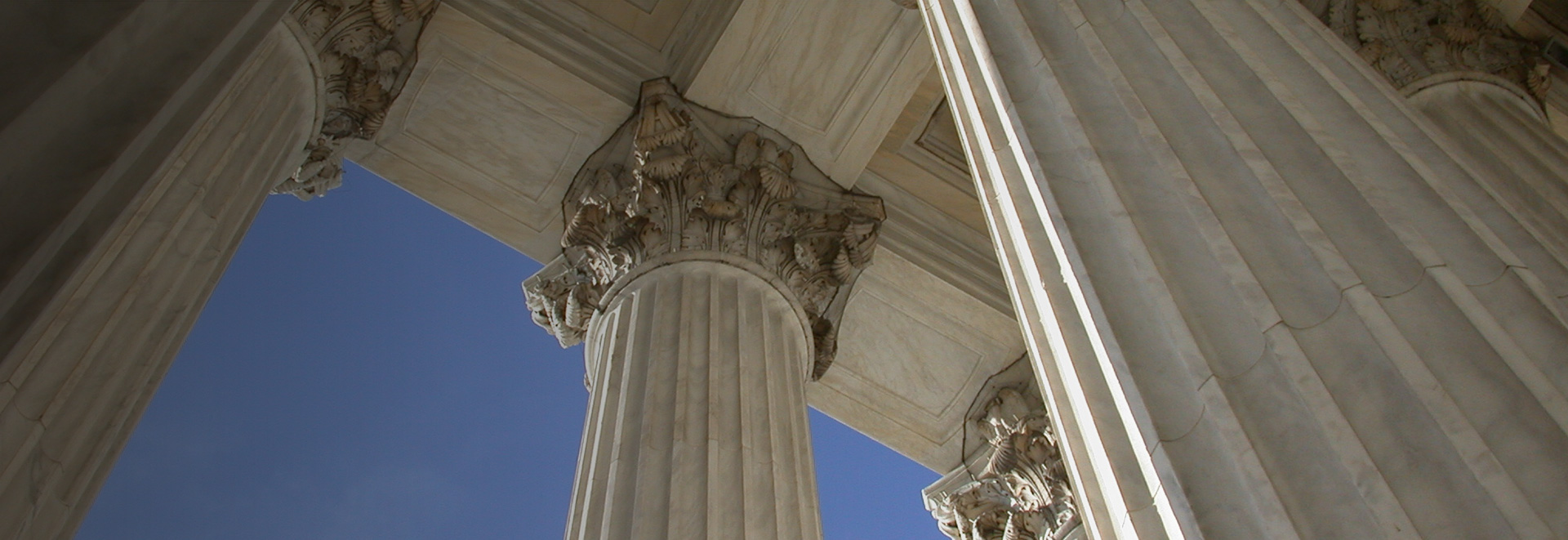What You Should Know About Rear-End Accidents
Rear-end collisions are some of the most common types of car accidents. In fact, according to the National Highway Traffic Safety Administration (NHTSA), nearly 30% of all motor vehicle crashes are rear-end collisions. But just because they are common does not mean that rear-end collisions are not serious. In fact, when these crashes happen at high speeds or under other dangerous conditions, they can be deadly.
If you were recently involved in a rear-end collision, you are likely looking for answers about what to do next. Here, we have put together a list of everything you need to know about rear-end accidents. Continue reading to learn more or contact The Womac Law Firm to speak to one of our experienced New Orleans car accident attorneys about your situation during a free, no-obligation consultation.
Rear-End Collisions Can Be Catastrophic
When most people think of rear-end collisions, they think of fender-benders and other minor accidents. While these types of crashes can and do occur, rear-end collisions can also be extremely catastrophic.
Rear-end crashes make up an estimated 6% of all fatal traffic accidents. Additionally, victims of rear-end collisions can sustain severe injuries with debilitating, long-lasting effects.
Some of the most common rear-end accident injuries include:
- Whiplash
- Back strains and sprains
- Slipped, herniated, or ruptured discs
- Broken bones
- Serious lacerations and contusions
- Spinal stenosis
- Vertebral fractures
- Compression fractures
Like any car accident, rear-end collisions tend to be more destructive when they occur at high speeds, though other factors—such as distracted or drunk driving, poor weather conditions, or defective road design—can all contribute to a serious rear-end crash. Generally speaking, the more forceful the impact, the greater the damage.
The Rear Driver Is Not Always at Fault
Most of the time, the rear driver is at fault for a rear-end collision. This is because motorists have a duty to keep a safe distance between themselves and the vehicles ahead of them. Following too closely, or “tailgating,” is one of the most common factors involved in rear-end accidents.
However, the front driver may be partially or wholly to blame for some rear-end accidents. For example, if the front vehicle’s brake lights were out or nonexistent, the rear driver could argue that they had no way to tell that the car in front of them was slowing or stopped.
Additionally, sometimes a driver will brake suddenly with no warning, which may not leave the rear driver enough time to react. Other times, a motorist may reverse accidentally or without checking to see if there was anything or anyone behind them. In some cases, a motorist may have a problem with their vehicle but will fail to pull over to the side of the road or put their hazard lights on, leading to a rear-end collision. In these and other instances, the rear driver may not be to blame for the accident.
Rear-End Accidents Are Most Commonly Caused by Negligence
Although the rear driver is not always automatically at fault for a rear-end collision, they are often the ones liable for these types of crashes. Simply put, most rear-end accidents are caused by negligence. A motorist may be distracted and fail to see that the car in front of them has stopped; they may be driving aggressively or speeding, giving them little to no time to react to changing traffic conditions. They may even simply be not paying attention when navigating a parking lot or waiting at a red light and may accelerate into a stopped vehicle ahead.
Some examples of how negligence contributes to or causes rear-end collisions include:
- Distracted driving, such as texting while driving, talking to passengers, or looking for a parking space
- Drunk driving/driving while under the influence of alcohol and/or drugs
- Following too closely (“tailgating”), speeding, road rage, and other aggressive/reckless driving behaviors
- Failing to obey traffic control devices, such as red lights, stop signs, etc.
- Failing to check/look behind the vehicle when backing up, including when pulling out of driveways and/or parking spots
- Defective or broken brake lights, sudden stops, and other forms of front-driver negligence
These are just some examples of how negligence can cause rear-end accidents. If you believe someone else was at fault for your rear-end accident, reach out to our New Orleans car accident attorneys at The Womac Law Firm to learn how we can help.
You May Be Entitled to Financial Compensation
If you were rear-ended because of someone else’s negligent or reckless conduct, you may be entitled to financial compensation for your injuries and financial losses. By filing a personal injury claim with the at-fault driver’s insurance provider, you can fight to recover the rightful compensation you are owed.
The Womac Law Firm can help you determine if you are entitled to compensation for your:
- Medical bills
- Lost wages
- Future medical expenses and lost earnings
- Pain and suffering
- Property damage
We encourage you to get in touch with our legal team right away. We offer free initial consultations and never charge any upfront or out-of-pocket expenses.
Call (504) 470-3935 or contact us online today to learn more.

